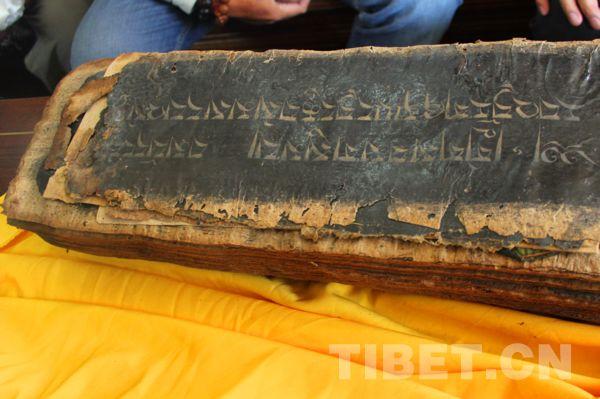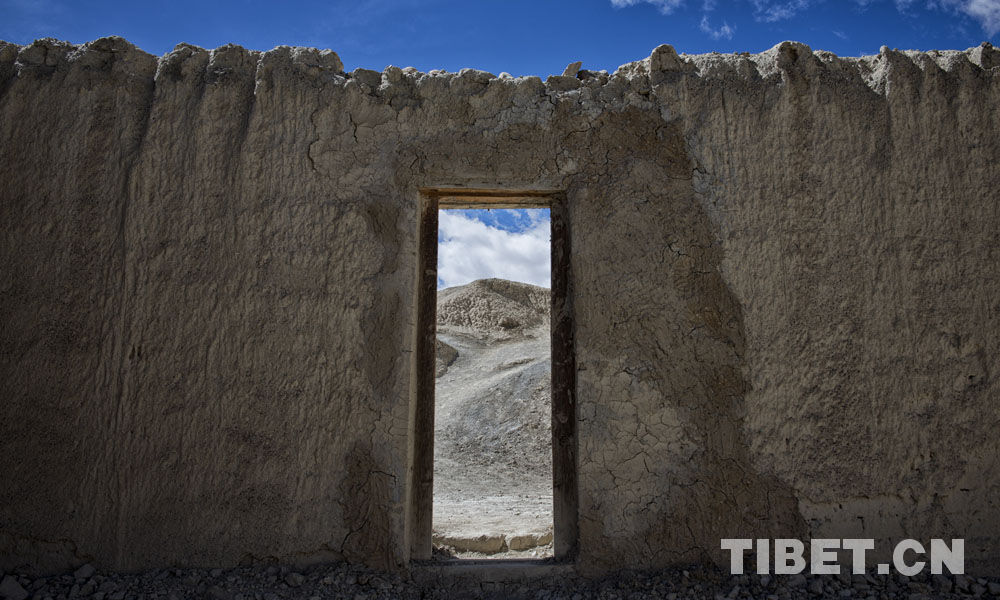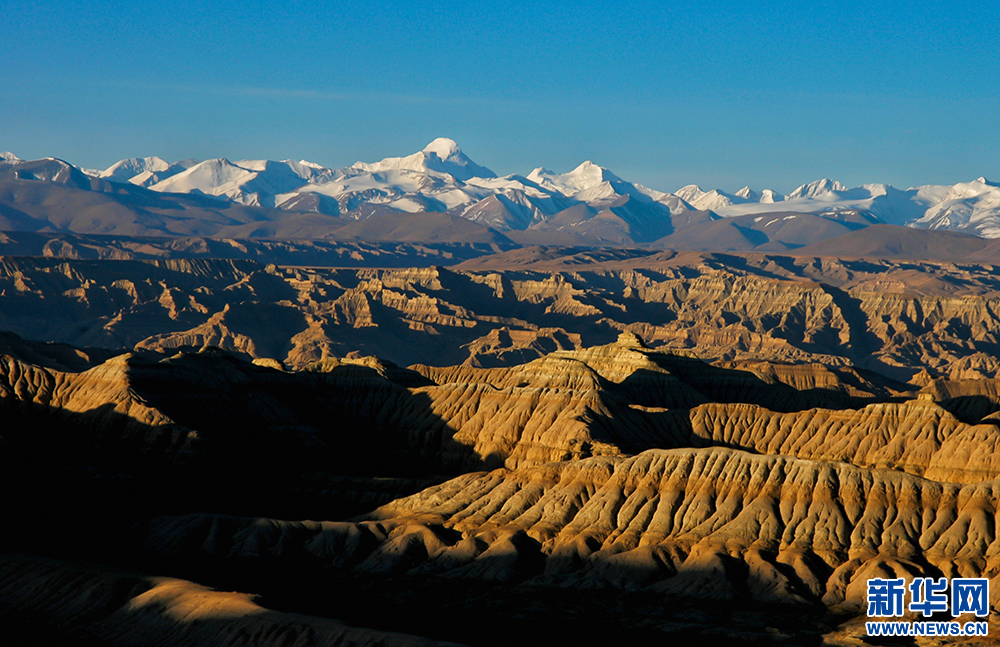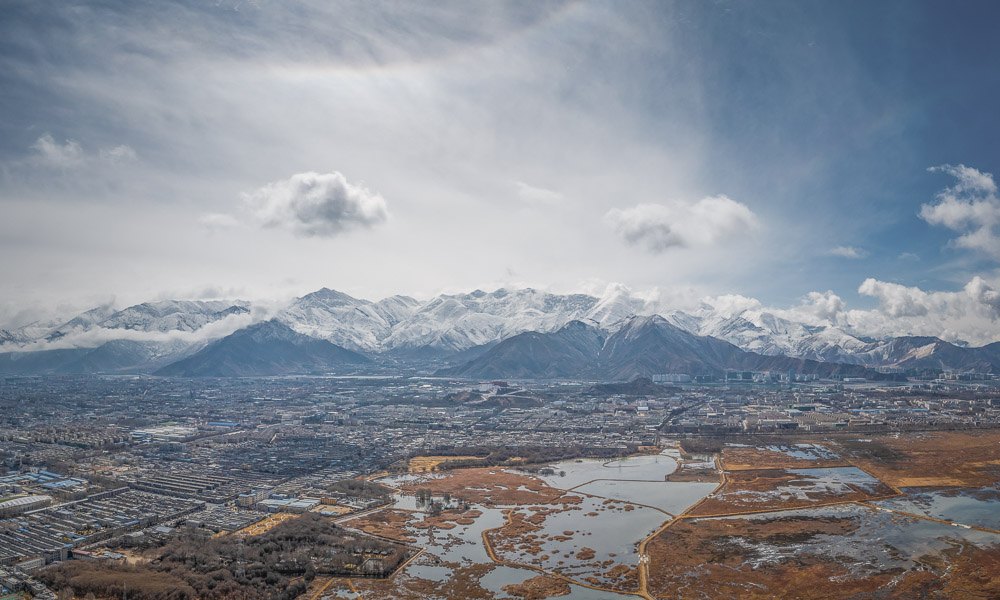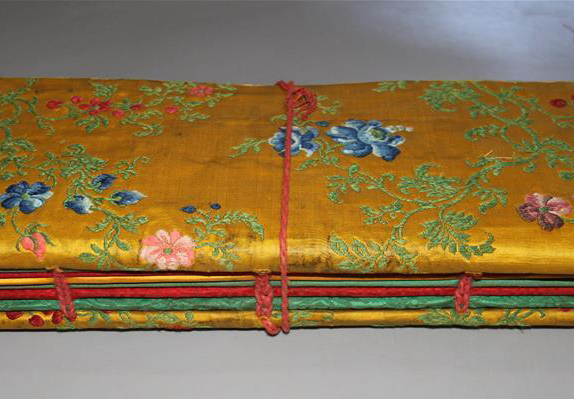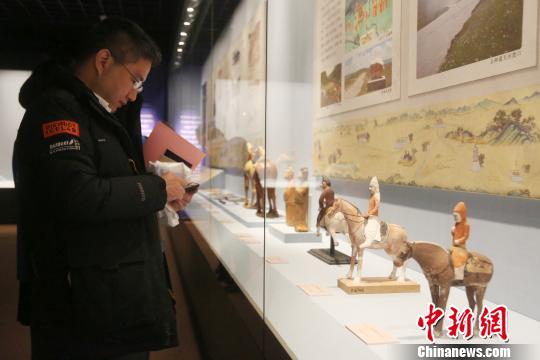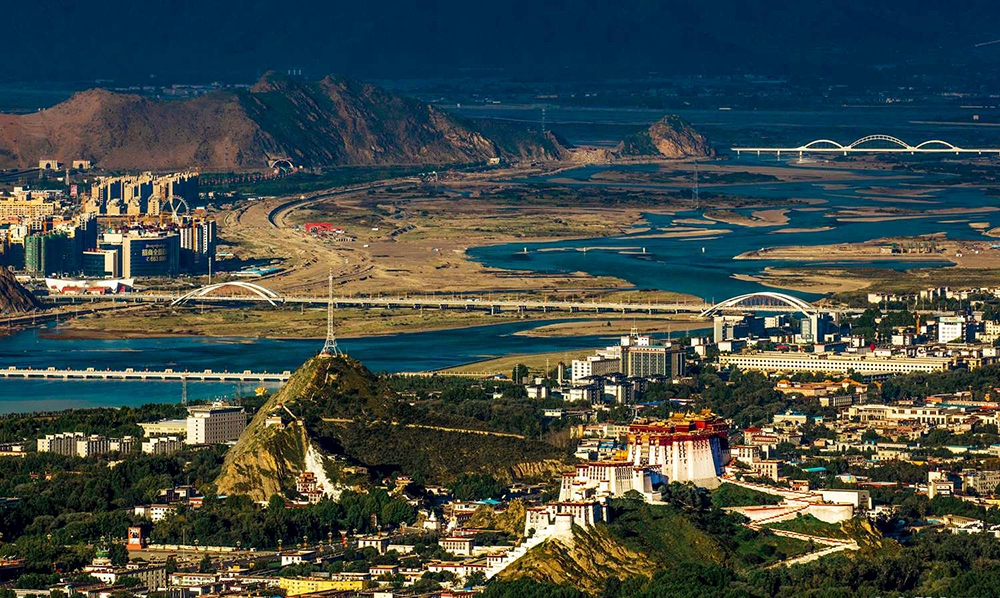Protecting ancient buildings and pass down architectural culture
As a unique cultural carrier, Tibet’s ancient buildings have always attracted tourists from home and abroad. Represented by the Potala Palace and Jokhang Temple, ancient buildings have become the most convincing cultural carriers and the most attractive city cards of Tibet.
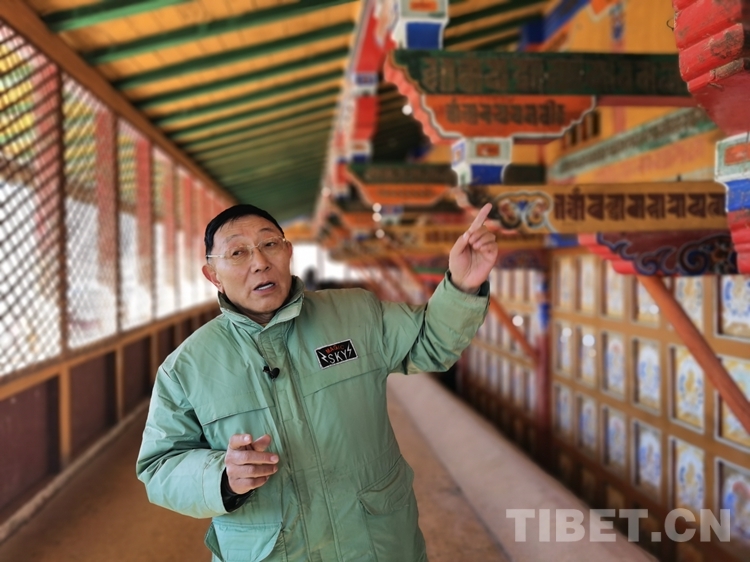
The picture shows Minyak Chokyi Gyaltsen introducing ancient architectural culture
Minyak Chokyi Gyaltsen is an expert in the field of ancient Tibetan buildings. Since 1980, he has participated in the repair and protection of more than 30 ancient buildings, such as the golden top of Samye Monastery, Potala Palace, Norbulingka, Gyantse Baiju Pagoda, Ganden Monastery, and Sera Monastery
Minyak Chokyi Gyaltsen was born in Kangding County, Garze Tibetan Autonomous Prefecture, Sichuan Province in 1947. At the age of four 4, he was recognized as the ninth living Buddha of Minyak Shadrung of Minyak Kowa Monastery in Kangding. He went to Tibet to study at the age of 11. After the democratic reform in Tibet, Chokyi Gyaltsen began to work in Lhoka Farm and started a new life. While working on the farm, Chokyi Gyaltsen communicated with carpenters and bricklayers and started to like architectural design. Shortly after returning to Lhasa in 1974, he was transferred to the Tibet Institute of Architectural Design to study and work according to his personal strengths and wishes, and then he began to systematically study architectural design.
At the beginning of 1980, the Tibet Autonomous Region Construction Committee and Design Institute received the task of inspecting historical sites in Tibet, and Minyak Chokyi Gyaltsen was selected to the team for his translating ability between Tibetan and Chinese.
In 1987, the country allocated funds to restore the Samye Monastery, the first Monastery of Tibetan Buddhism in Tibet, which became a very important project in Minyak Chokyi Gyaltsen’s architectural career.

The picture shows Samye Monastery
The Samye Monastery is located in Samye Town, Chanang County, Lhoka City. It is the first monastery in Tibet. The architecture in the monastery is arranged according to the Buddhist cosmology. The main hall of the monastery, the Wuzi Hall, however, absorbed and integrated multi-ethnic architectural culture, in which the Tibetan-style pillar-net structure is combined with the Han-style bucket arch. The bucket arch is used between the pillar and the beam, which is an example of the combination of Tibetan and Chinese architectural cultures.
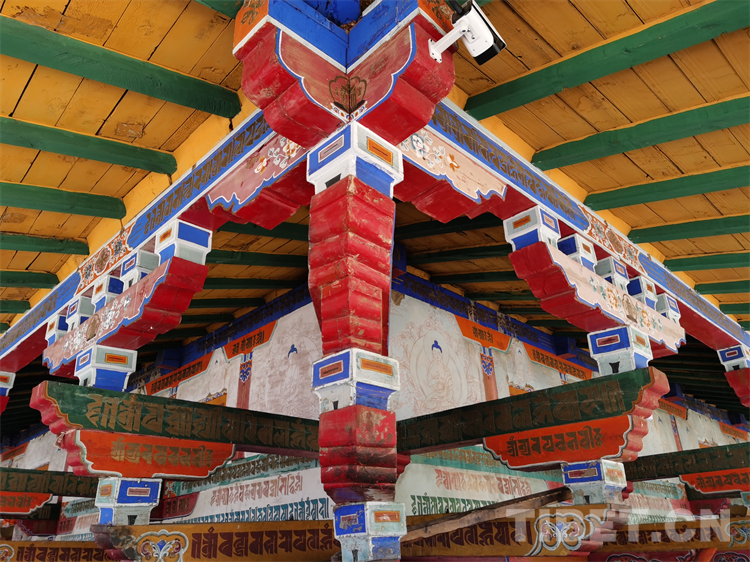
The picture shows the Han-style bucket arch building on the golden top of the Samye Monastery
Minyak Chokyi Gyaltsen said that when he received the task of restoring the Samye Monastery, he was both excited and perturbed. The complexity and particularity of the Samye Monastery’s architecture is unique, and the golden top of the main hall has been damaged severely, so it is very difficult to restore the original appearance.
In the absence of any material or documentary basis, Minyak Chokyi Gyaltsen scoured all the available materials and finally found two old photos, a black and white photo of the exterior panorama taken in 1947, and a photo of a corner of the inner structure of the golden top, which provided a reference for the restoration of the golden top of the monastery.
After more than 20 days and nights of repeated deliberation, Minyak Chokyi Gyaltsen completed the drawing of the golden top according to the photos and various clues provided by the monks. He hung up the drawings and asked the monks and local elders to give their opinions, but they couldn’t understand the drawings, nor could they give him any advice. So he couldn’t verify whether the drawings had any problems. Then, Minyak Chokyi Gyaltsen could do nothing but decide to make a 1:10 restoration model of the golden top according to the drawings.
“Wow! This is exactly the same as the Samye Monastery in the past.” About 20 days later, the monks and local elders said excitedly after seeing the finished model.
Finally, the golden top of Samye Monastery was perfectly restored.
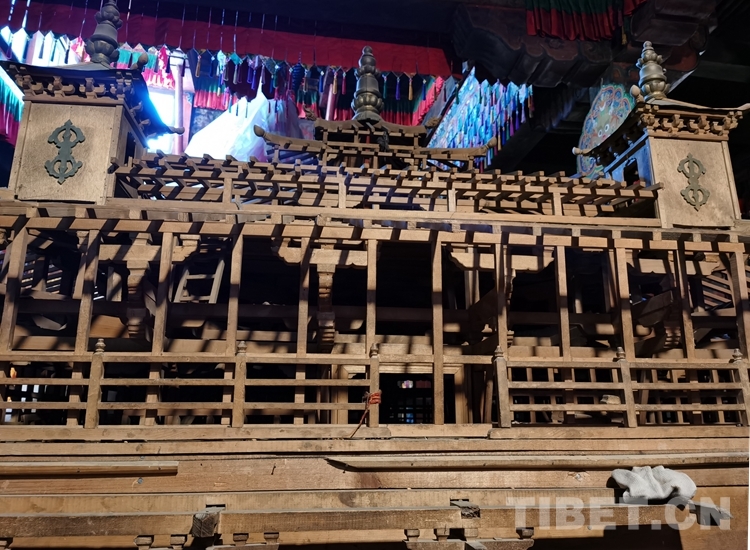
The picture shows the model of the golden top of Samye Monastery
Many years later, Minyak Chokyi Gyaltsen, who was in his seventies, came to Samye Monastery again, and the restoration work of the past is still vivid in his mind. Looking at the model of the golden top that he had painstakingly designed, he exclaimed: “Today, this model has also become a cultural relic. Protecting the model can also provide a historic basis and reference value for the restoration work in the future.”
Tibet Stories
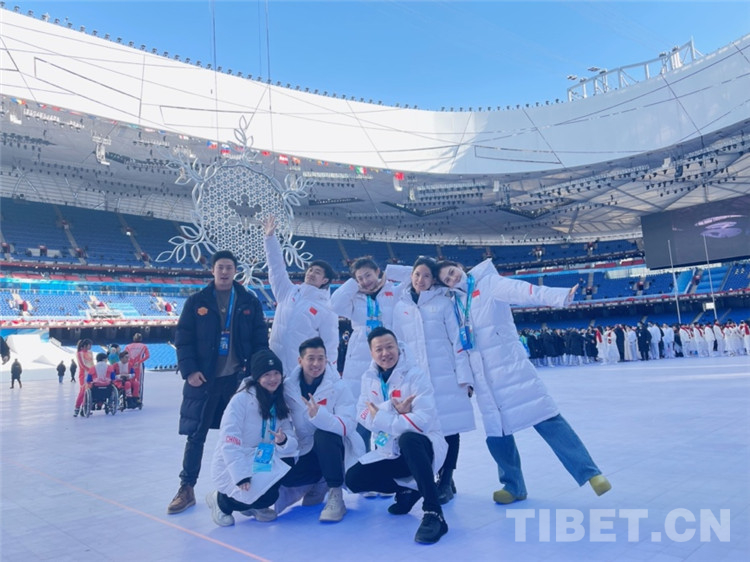
Gains and inspiration of the Olympic Games to a Tibetan youth
The 10-day Beijing 2022 Paralympic Winter Games took place and ended in March, leaving good ...
